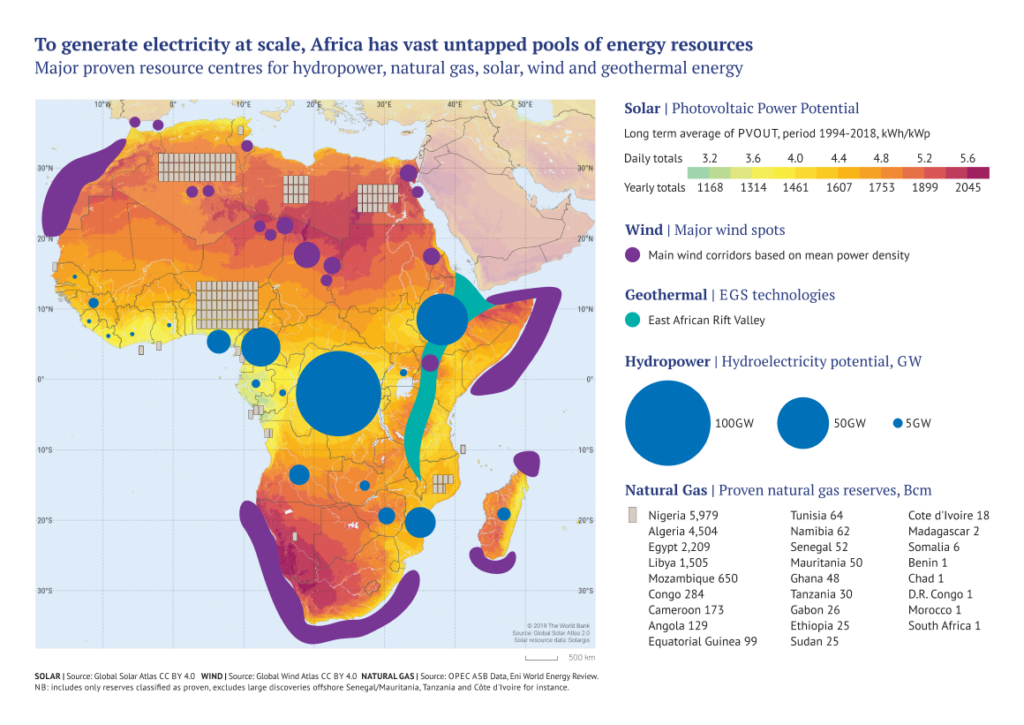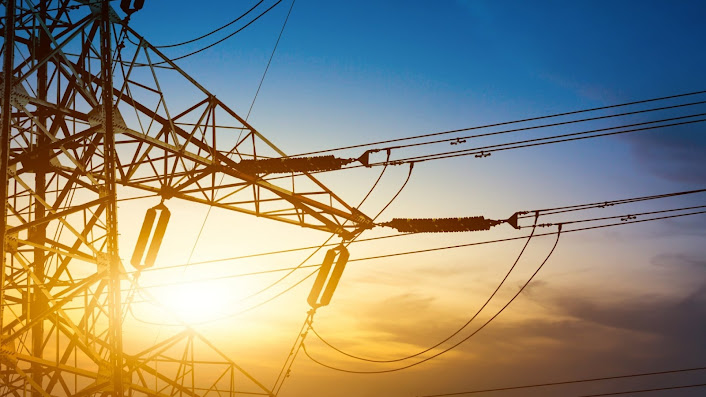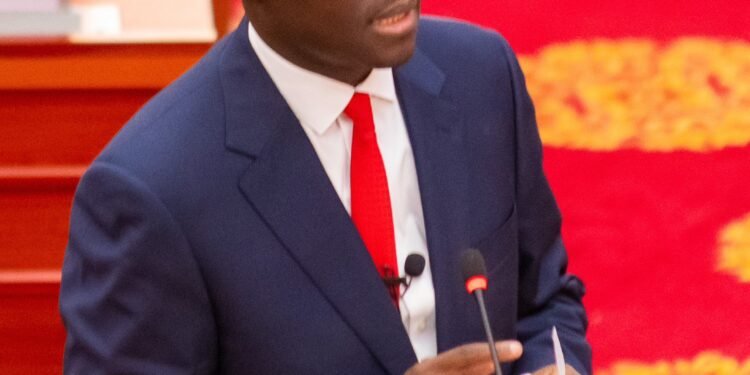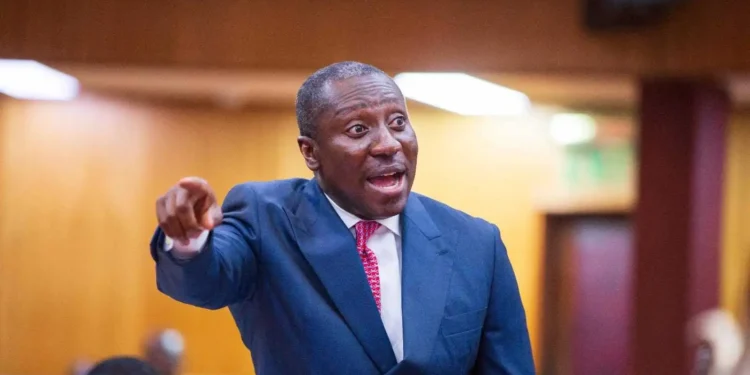Africa must add at least 16 gigawatts (GW) of grid-connected power generation capacity annually until 2050 and invest between $3.2 billion and $4.3 billion in electricity transmission each year to meet its most basic economic and demographic growth demands, according to the newly released State of Africa’s Infrastructure Report 2025 by the Africa Finance Corporation (AFC).
The sobering report painted a picture of urgent energy demand growth across the continent, driven by population expansion, industrial ambition, and increasing energy access needs. However, the AFC stressed that these challenges also represent a massive untapped opportunity for long-term investment and transformative infrastructure development.
The report said, “To meet its most basic energy needs, Africa should aim for at least 16 GW annually until 2050,” adding that this would bring the continent’s average generation capacity to 0.300 megawatts per thousand capita—similar to current levels in countries like India and Indonesia. This benchmark is critical, the AFC argues, if Africa is to achieve even modest industrialization goals and energy equity.

Transmission infrastructure, the other half of the power delivery equation, remains severely underdeveloped. According to the AFC, Africa must inject $3.2–4.3 billion annually into its transmission network through 2040 to match generation growth and extend reliable power across borders and regions.
Despite these urgent gaps, the AFC sees potential. “Africa’s energy landscape offers vast investment opportunities across solar PV, gas-to-power, hydropower, battery storage, and grid modernization,” the report noted.
If properly harnessed, these areas could fuel both the continent’s economic transformation and its shift toward cleaner energy.
According to the AFC, regional integration and the modernization of national electricity grids are essential for efficiency and scale. “With the right investments and reforms, Africa can build the world’s most dynamic, integrated, and future-ready energy system,” the Corporation stated, positioning energy not just as a necessity but as a cornerstone of Africa’s economic renewal.
Lessons from Latin America: Brazil as a Blueprint

To offer a pathway forward, the AFC urges African countries to draw inspiration from Latin America, particularly Brazil’s experience in mobilizing private capital for energy infrastructure.
In the early 1990s, Brazil reformed its energy market, unbundled its utilities, and introduced independent power transmission (IPT) models through competitive auctions.
This strategy has since transformed Brazil’s electricity grid, expanding it from 105,000 kilometers in 2012 to 184,000 kilometers in 2023. Notably, 86,000 kilometers of new transmission lines were tendered through competitive auctions during this period.
“In 2024 alone, Brazil’s first transmission tender attracted $3.65 billion—equal to Africa’s entire annual transmission investment need.”
State of Africa’s Infrastructure Report 2025 by the Africa Finance Corporation (AFC)
This, the Corporation believes, is proof that the right mix of regulatory reform, investor incentives, and long-term planning can attract the scale of capital needed to modernize and expand power infrastructure.
Central to the AFC’s recommendations is the call for African governments to implement energy market reforms that reduce risk and improve transparency.
These include: “Unbundling utility operations to separate generation, transmission, and distribution; Regulatory clarity and predictability to attract long-term investors; Regional grid integration to enhance resilience and reduce costs; Public-private partnerships (PPPs) that leverage development finance to de-risk private capital.”
The report also underscored the importance of investment-ready project pipelines. Africa’s energy challenge is not a shortage of potential but rather a lack of bankable projects that meet international investor standards.
Failure to close the infrastructure gap could stifle Africa’s economic progress. Power outages, low electrification rates, and rising industrial demand already strain existing infrastructure in countries like Ghana, Nigeria, South Africa, and Kenya.
By 2050, Africa will be home to more than 2.5 billion people, with a growing urban middle class and increasing demand for digital services, manufacturing, and clean energy. If power infrastructure doesn’t keep pace, the continent risks missing a once-in-a-generation opportunity for inclusive growth.
The AFC’s report should be a wake-up call. Africa doesn’t just need more power—it needs better planning, smarter regulation, and decisive political leadership. The Brazilian model shows that bold reforms, if paired with investor-friendly policies and credible governance, can unlock billions in capital.
Africa’s energy future will not be built by chance, but by deliberate, collaborative action between governments, financiers, and the private sector. With the right strategy, the continent can turn its power gap into a platform for prosperity.
READ ALSO: Ahiagbah Condemns Fuel Levy, Calls President Mahama’s Move Weak























